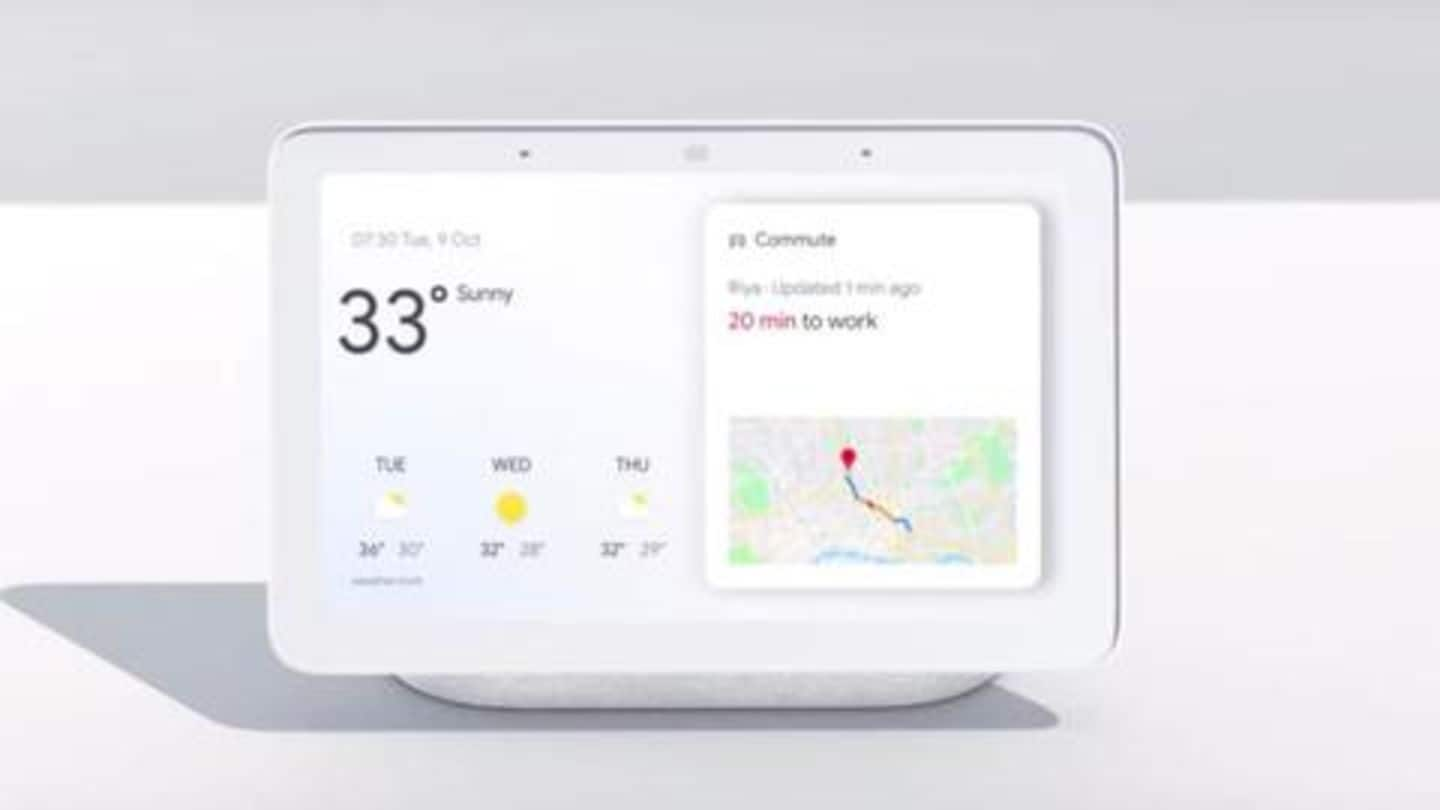
How Google uses 'ultrasonic sensing' to show appointments/reminders
What's the story
Google is making its Nest Hub smart display more accessible to old people and those suffering from visual impairments. The device recently received an update that introduced ultrasonic sensing, and now, the capability is being leveraged to detect the presence of a user (and also their distance from the device) and show them essential notifications according to it. Here's how it works.
Feature
Google debuted ultrasonic sensing to detect users' presence
While Nest Hub Max uses a camera to find a user and show notifications, its younger sibling, Nest Hub, doesn't have a camera. Owing to this, the users, particularly the old ones, had to walk up to the device and use its screen manually to see updates. This problem led Google's team to develop ultrasonic sensing, a feature that uses soundwaves to detect people.
Working
How ultrasonic sensing works
Ultrasonic sensing relies on the concept of echolocation, a technique that bats, dolphins, and other poor-sighted animals use to navigate safely. They call out to their environment and listen to the echoes of those calls to determine objects near them, which is exactly what Nest Hub now does. It emits inaudible sound waves and listens how they bounce back to gauge where you are.
Details
Sensing allows Nest Hub to predict location, distance
The echoes captured by Nest Hub allows the device to predict location, distance of a person standing in the same environment and react to it. So, Google says, "If you're close, the screen will show you more details and touch controls, and when you're further away, the screen changes to show only the most important information in larger text." This also aids visually-impaired users.
Development
Now, this will be used to be show reminders, appointments
Initially, when Google launched ultrasonic sensing, the feature was configured to show a limited set of information - such as timers, commute times and weather - after detecting a user nearby or across the room. However, the company says, over the next week, it will be personalized with even more pieces of user information, including details about their reminders, appointments, and alerts.